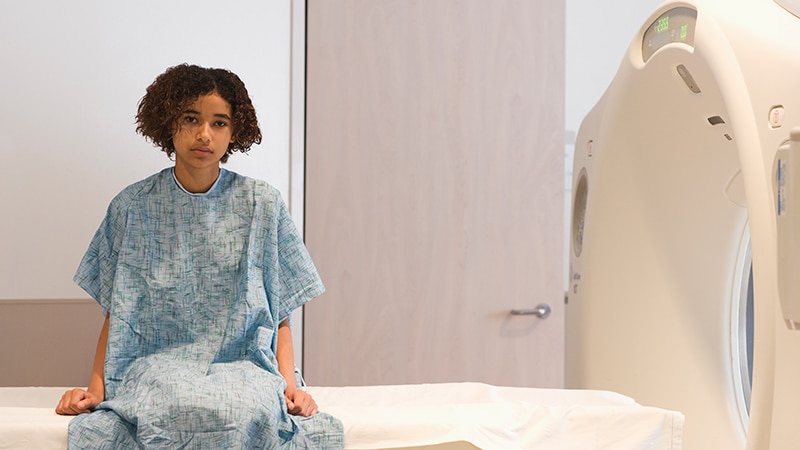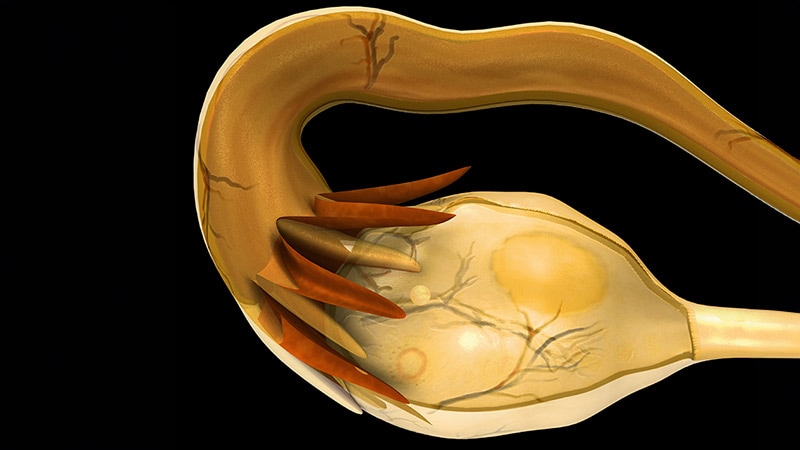Takeaway
- Higher serum vitamin K1 (phylloquinone) concentration was associated with reduced risk of fracture in women with postmenopausal osteoporosis (PMO).
- Hip geometry and mechanical strength parameters including cross-sectional area (CSA), cross-sectional moment of inertia (CSMI) and section modulus ‘Z’ at the narrow neck of femur (NN) were positively associated with vitamin K1.
Why this matters
- Findings suggest that a higher intake of vitamin K may be required for maximal effect on bone compared with coagulation.
Study design
- A cross-sectional study of 374 women with PMO (mean age, 68.7 [standard deviation [SD], 12.3] years).
- Data on bone mineral density (BMD) at the lumbar spine (LS), total hip (TH) and femoral neck (FN) and hip structural analysis (HSA) parameters (n=263) were derived from dual-energy X-ray absorptiometry scans.
- Vitamin K-dependent proteins including undercarboxylated prothrombin (PIVKA-II) and dephospho-uncarboxylated form of Matrix Gla Protein (dp-ucMGP) were assessed in a subgroup (n=130).
- Funding: Royal Osteoporosis Society, UK.
Key results
- Serum vitamin K1 was significantly lower in women with prevalent fractures vs those without (0.53 [SD, 0.41] μg/L vs 0.65 [SD, 0.66] μg/L; P=.04).
- An inverse association was seen between serum vitamin K1 concentration and fracture risk (adjusted OR per μg/L increase in serum vitamin K1, 0.550; 95% CI, 0.310-0.978; P=.042)
- No significant association was observed between serum vitamin K1 concentration and BMD at the LS, FN and TH.
- Among the HSA parameters, serum vitamin K1 was positively linked with CSA (P=.02), CSMI (P=.028) and section modulus ‘Z’ (P=.02) at the narrow neck of femur.
- Dp-ucMGP was detectable in 97 (75%) women with a lower serum vitamin K1 concentration of 0.26 [SD, 0.15] μg/L (P<.001), whereas PIVKA-II was above the clinical threshold in only 3.8% of women.
Limitations
- Causality could not be established because of the cross-sectional design.
This clinical summary originally appeared on Univadis, part of the Medscape Professional Network.



